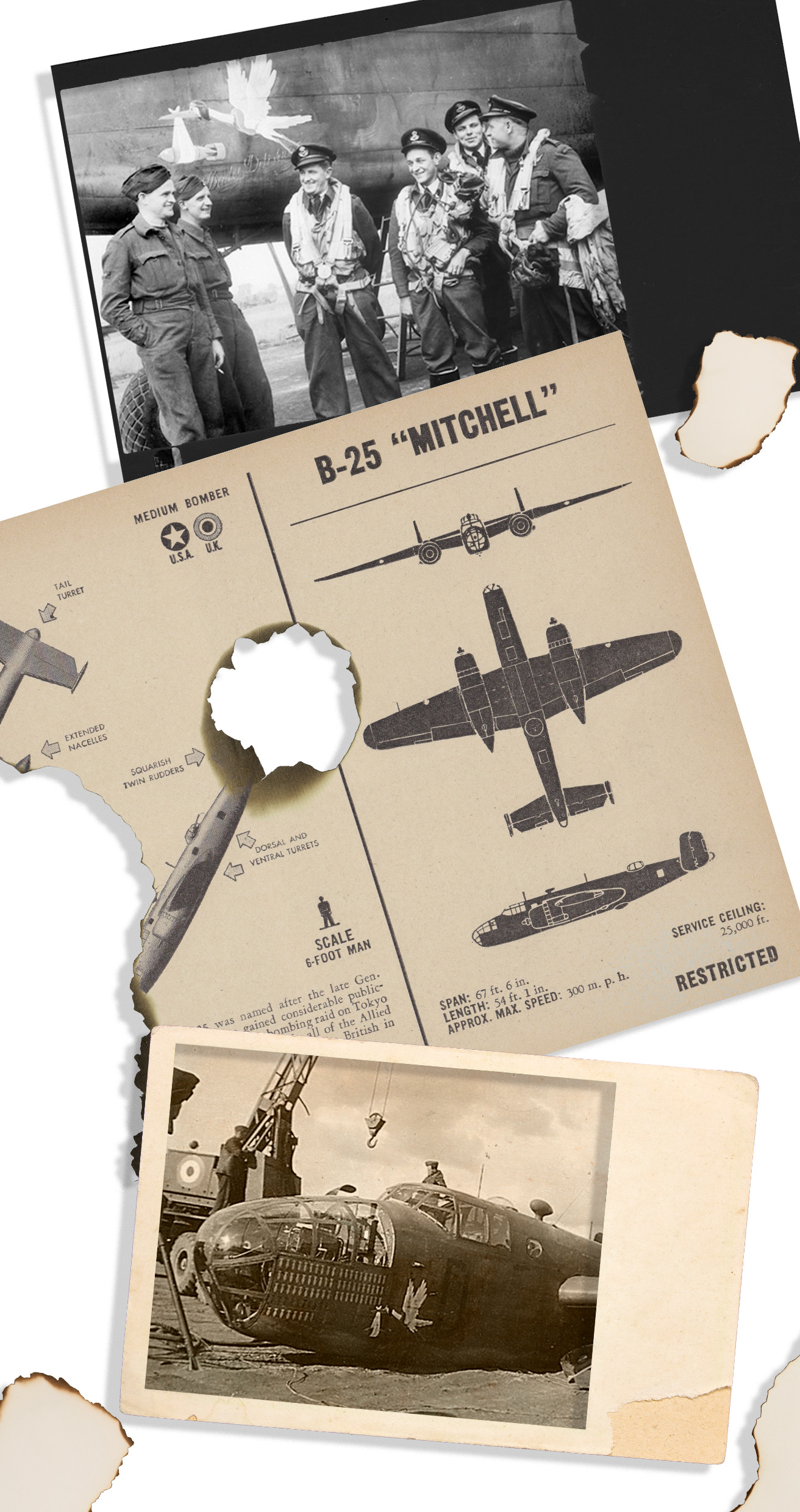The B-25 Mitchell aircraft played a crucial role during World War II, and its impact during the Normandy landings was significant. Designed as a medium bomber, the B-25 was versatile and capable of performing a variety of missions, ranging from low-altitude bombing raids to attacks against land and maritime targets.
During the Normandy landings on June 6, 1944, B-25s were deployed to provide strategic air support to Allied forces landing on the Normandy beaches. They conducted precision bombing missions to neutralize enemy coastal defenses, destroy artillery positions, and suppress German resistance points along the coast.
B-25s also played a crucial role in pre-invasion operations by attacking vital enemy infrastructure such as railways, bridges, and ammunition depots. This helped weaken German resistance capabilities and facilitated the advance of Allied troops onto the Normandy beaches.
During and after the Normandy landings, B-25s continued to provide valuable air support by attacking enemy communication lines, conducting reconnaissance missions, and interdicting German reinforcements. Their agility and ability to operate at low altitudes made them key players in the overall success of Operation Overlord.
Ultimately, the B-25 Mitchell aircraft demonstrated its undeniable importance as a pillar of Allied aviation during World War II, contributing significantly to the Normandy landings and the liberation of Europe from Nazi tyranny.








 Delivery and return
Delivery and return
 Size Guide
Size Guide



